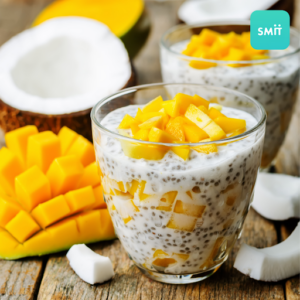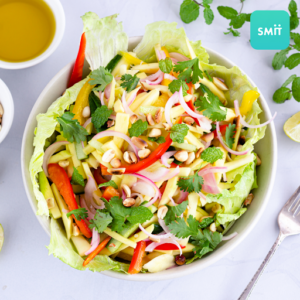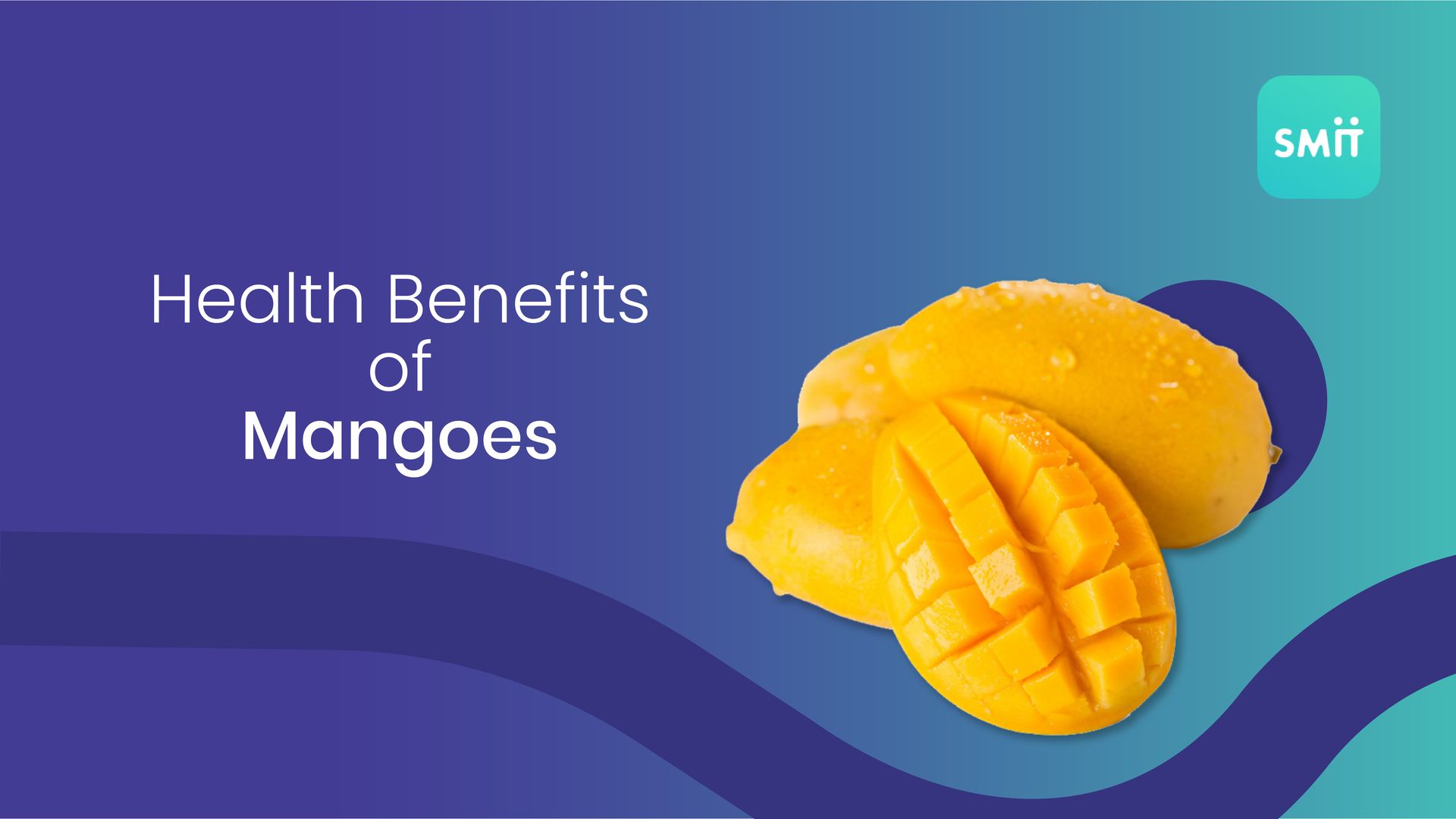The King of Fruits, i.e. THE MANGO, has arrived!
Mango first arrived in India almost 5000 years ago. It is the most loved tropical fruit loaded with nutrients and vitamins. This pulpy yellow fruit is sweet and it has its benefits. Rich in Vitamin C, Vitamin A, and Fibre it boasts of nutrients that serve its title of ‘The King of Fruits’.
Ripened mangoes do contain combinations of different forms of sugar like — Sucrose, Glucose and Fructose which raises an eyebrow among people living with Diabetes. Do not worry! This blog explains how Diabetic people can safely include ‘mango’ in their healthy diet.
The Glycaemic Index of Mango is 51 which classifies it as a fruit with Low Glycaemic Index. Any Food which ranks under GI of 55 is ideally considered to have Low Glycaemic Index and can be considered safe for consumption for people with diabetes.
On the other hand, everyone’s physical response to a particular food may vary, that is why it is important to evaluate an individual’s response and then include it in their diet. Although Mango has high sugar content, its composition of fibre and antioxidants helps to minimise the impact on blood sugar levels. (Source)
Healthy Ways to Eat Mangoes for Diabetic Patients
Eat mango like a fruit
Avoid eating mango along with food that is already calorie-dense like Shrikhand, Ice Cream, Whipped Cream, Puri Etc to avail mango’s optimum benefits. The best way to have mango is to eat it as a whole fruit so that the body can take advantage of its nutritional composition without having an impact on blood sugar. Carbohydrates from any food source have an impact on blood sugar levels.
Portion Size
The perfect way to minimise the spike in blood sugar after eating mango is to avoid eating it in large quantities. If the size of the mango is big, we recommend eating only half of it at one time.
Consumption Style
One should not consume mango in the form of juice as juicing the fruit reduces its fibre content and thus compromises the antioxidant effect.
Addition of a Protein Source
The health benefits of mango are many. Same as fibre, protein also helps to minimise blood sugar spikes when taken with high-carb fruits like mango. Mangoes naturally contain fibre but they don’t have proteins, so combining mango slices with a handful of nuts OR a tablespoon of seeds will help to reduce the impact on blood sugars.
Timing
Consuming Mango as a mid-morning or mid-evening snack is always a better choice in restricted quantities. One should avoid eating mangoes with meals, immediately after meals or during late evenings.
Mango Recipes for Diabetics
Mango Pudding with Chia Seeds:

Chia seeds make great deserts and are high in Omega-3. When paired with mango which is proven good for diabetes considering its fibre content and vitamins and antioxidants, you might rather not even need a sweetener. But obviously, it’s up to your taste.
Ingredients
Ripe Mango – Peeled, pitted and diced.
Skimmed Milk – 250ml
Stevia Extract – as per taste
Chia Seeds – 3 tablespoons
Cardamom Powder – ½ teaspoon
Method
-
- Combine chia seeds, skimmed milk, stevia extract and cardamom powder in a jar. Mix well.
- Refrigerate this mixture for at least 2 hours.
- In another jar, layer the chia seeds and milk pudding with mango cubes. Serve chilled.<
Mango Salad

Mango is a nutritious fruit and it can be paired with beans and vegetables to add flavour and texture to your meal. Salads are another great way to enjoy a mango!
Ingredients
Ripe Mango –1
Cucumber – 1
Bell Pepper (Red and Yellow) – 1
Onion – 1
Green Chilli – 1
Balsamic Vinegar – 2 teaspoons
Olive Oil – 2 Teaspoon.
Method
- Peel and cut mango in stick form.
- Peel and cut cucumber into sticks.
- Fine slice onion and green chilli.
- Cut bell peppers into thin strips.
- Combine mango, cucumber, bell pepper, green chilli and onion in a bowl and add balsamic vinegar and olive oil.
- Mix well. Garnish with coriander.
Mango is a fruit that is good for diabetes because of its low GI and its fibre contains along with antioxidants that may help minimize blood sugar spikes.



0 Comments